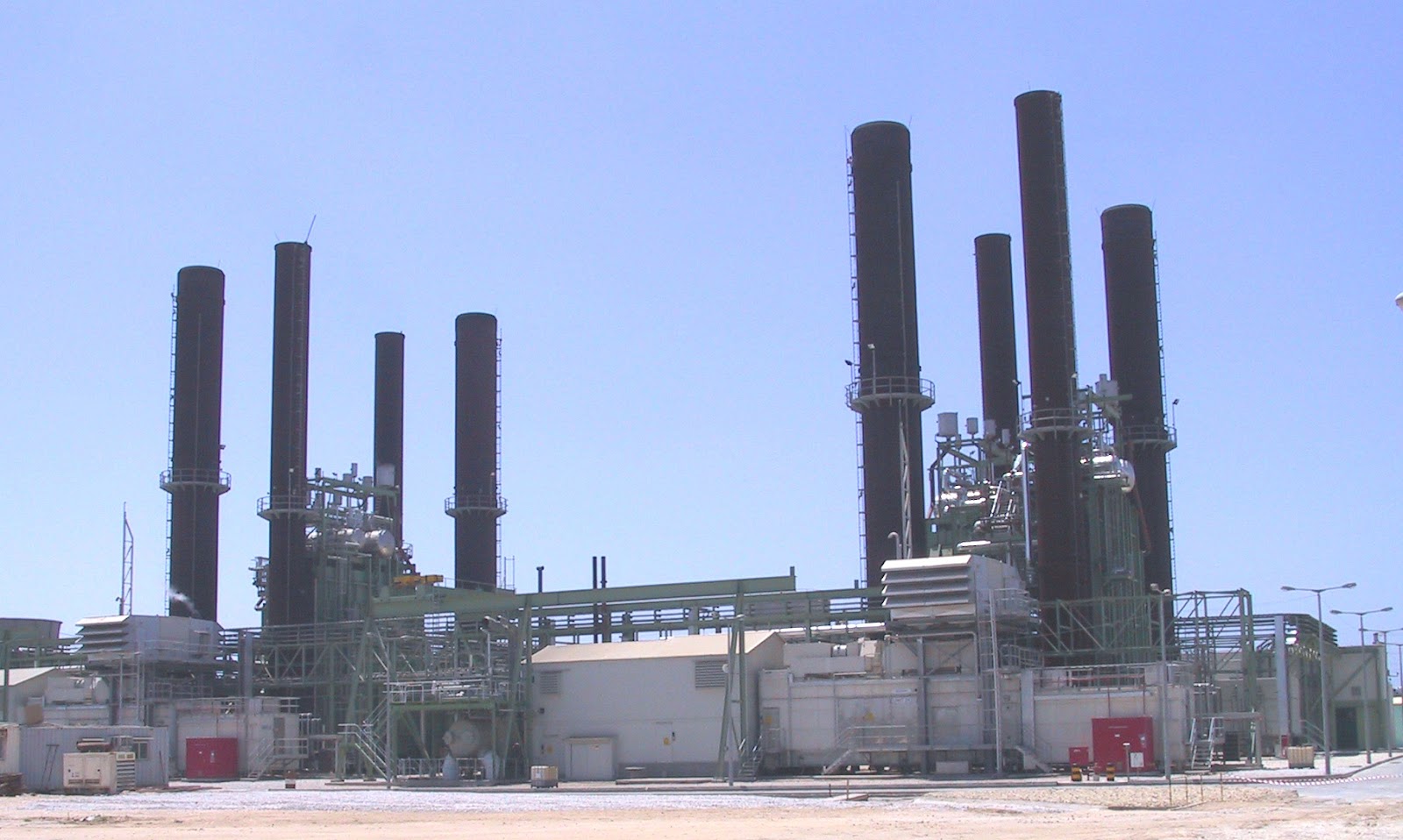
Islamic banking, which grew out of a religious prohibition on usury and the desire for banking without interest rates, first emerged in Egypt through savings funds operated without interest.
Head of the Egyptian Islamic Finance Association (EIFA) Mohamed El-Beltagy said that Islamic banking clients in Egypt estimated approximately 2.5 million, constitute about 20% of the Egyptian banks clients.
The experiment started in the early 1960s with the establishment of the local savings bank operating according to Islamic Sharia law, a term not used at the time due to political conditions.
The first government Islamic bank in Egypt was established in 1971 and was called the Nasser Social Bank (NSB).
The provisions and recommendations of operating a bank according to the principles of Sharia were laid out in the Islamic Foreign Ministers Conference, which was held in the Saudi city of Jeddah in 1972.
Since 1974, Prince Mohammed Faisal bin Al-Saud introduced the idea of a Sharia-compliant bank to Egyptian officials, an idea widely welcomed on popular and official levels.
Egypt’s then-People’s Assembly passed Law 1977/48 to establish the Faisal Islamic Bank of Egypt (FIB) which took the form of a joint Sharia-compliant stock company.
FIB is considered the first popular Islamic bank established in Egypt, and third oldest international Islamic bank. As of 31 December 2012, FIB managed over 1.5m accounts, and had total assets of over $6bn.
After the 2008 global financial crisis, international interest in the Islamic banking and finance industry increased. Some countries found Islamic banking an opportunity to correct the financial and banking situation, offering a stability stemming from the nature of how they worked.

At that time, Islamic banking’s importance grew as many low-income Egyptians suffered from losses incurred by capital investment companies after promises of returns to depositors.
With the Muslim Brotherhood coming to power in 2012, Islamic banking’s importance grew once more. This was especially so after the Islamists claimed to establish an Islamic economic system, highlighting their belief that conventional banks and their financial dealings are “haram”.
Islamic banking has already shown a certain flexibility in risk management by adopting on participation (risk sharing) rather than lending and borrowing.
The move towards Islamic banking encouraged some conventional global and local commercial banks into setting up branches offering Islamic banking services to attract more potential customers.
These included such banks as Citibank, HSBC Bank, Barclays Bank and United Bank Swiss (UBS) and others. In Egypt, these included BanqueMisr, United Bank, National Bank of Egypt (NBE), Audi Bank, Principle Bank for Development and Agriculture Credit (pbdac), Social Nasser Bank, Arab Investment Bank (AIB), National Bank of Kuwait (NBK), and HSBC.
The numbers of Islamic banks grew to 450 banks by 2009, with over 300 further conventional banks offering Islamic banking services to their customers, according to the FIB website. The number of Islamic banks increased in 2013, to 500 banks, and approximately 330 conventional banks offering Islamic banking services in the same year.

The size of Islamic banking business in Egypt until 30 June 2014, amounted to approximately EGP 125bn. The report pointed out that Islamic banking capacity constitutes 7% of Egyptian banking market of around EGP 1.8tn, increase of EGP 10.9bn, representing a growth rate 10% in December 2013, which amounted to EGP 141.1bn.
El-Beltagy said that the size of Islamic deposits as of 30 June 2014, about EGP 115.8bn, accounting for 8.3% of the Egyptian banking market size. This marked an increase of EGP 12.6bn, a growth rate 12% from December 2013, which amounted to EGP 103.2bn.
The size of finance at the end of 30 June 2014, about EGP 85.1bn accounted for 6.5% of the Egyptian banking market size, an increase of EGP 8.7bn, a growth rate 11% from December 2013, which amounted to EGP 76.4bn.
The Egyptian banking market has a total of 39 banks, including 14 banks licensed by the Central Bank of Egypt (CBE) to offer Islamic banking products.
The total number of Egyptian Islamic banks branches is 135 branches accounting for 3.7% of the number of branches of Egyptian banks. Abu Dhabi Islamic Bank (ADIB) comes at the forefront, with 70 branches, followed by AlBaraka Bank 32 branches (27 operating and 5 in the construction and fitting process), with FIB at 31 branches.


